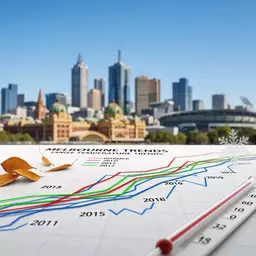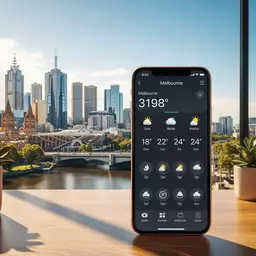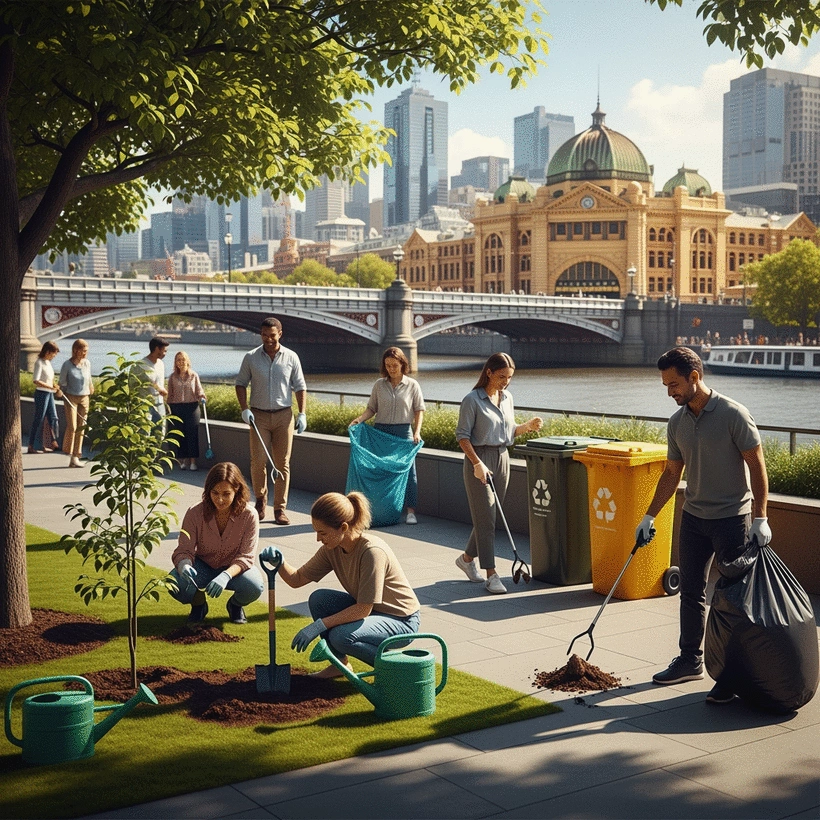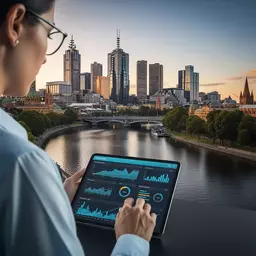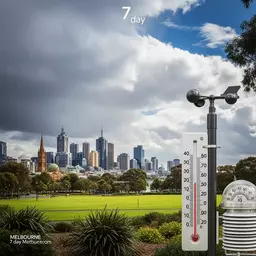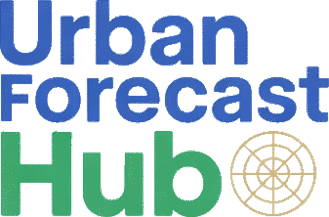Melbourne's Climate Adaptation Strategies

As climate challenges increasingly impact our daily lives, understanding how to adapt is more crucial than ever. What if your home could withstand flooding and heatwaves? Discover the strategies that not only protect your property but also enhance community resilience.
What You Will Learn
- Key climate risks in Melbourne include flooding, heatwaves, wildfires, and storm damage.
- Urban heat island effect increases energy consumption and health risks, especially during heatwaves.
- Proactive measures like home retrofitting and emergency preparedness can significantly mitigate climate impacts.
- Community engagement is vital for building resilience and influencing local climate policies.
Melbourne's Climate Challenges and Adaptation Strategies
Key climate risks and proactive measures for homeowners and businesses.
Key Climate Risks
- Flooding: Urban areas, low-lying
- Heatwaves: Health & productivity
- Wildfires: Rising temperatures
- Storm Damage: Wind & hail
Implications of Urban Heat Island Effect
- Increased Energy Consumption
- Health Risks (Vulnerable populations)
- Environmental Impact
Adaptation Strategies
- Home retrofitting & energy upgrades
- Landscaping for heat & flood reduction
- Emergency preparedness plan
- Business continuity plans
- Explore renewable energy
Community Engagement
- Participate in consultations
- Join local sustainability networks
- Support climate action campaigns
Understanding Melbourne's Climate Challenges and Risks
As a dedicated meteorologist and climate enthusiast, I’ve witnessed firsthand the unique climate challenges that Melbourne faces. From sudden downpours to scorching heatwaves, our city’s weather is as unpredictable as it is dynamic. For homeowners and local businesses alike, understanding these challenges is crucial for adapting and thriving in our ever-changing environment. You can also stay informed about Melbourne's weekly weather trends to better prepare for climate shifts.
In this section, we’ll explore key climate risks impacting Melbourne, particularly for residents and businesses. Awareness is a significant first step towards resilience, and I’m excited to share insights that can help you navigate these challenges effectively!
Identifying Key Climate Risks for Homeowners and Local Businesses
Homeowners and businesses in Melbourne are increasingly confronted with various climate risks, including:
- Flooding: Heavy rains can lead to urban flooding, particularly in low-lying areas.
- Heatwaves: Extended periods of extreme heat can affect health and productivity.
- Wildfires: As temperatures rise, the risk of bushfires in surrounding areas increases.
- Storm Damage: Severe storms can bring high winds and hail, posing risks to property.
Recognizing these risks allows you to implement proactive measures. For instance, simple actions like maintaining drainage systems and investing in appropriate insurance can mitigate potential damage.
Impact of Climate Change on Urban Environments in Melbourne
Climate change is not a distant concern; it’s a pressing reality shaping urban environments right here in Melbourne. The effects can be seen in rising temperatures, shifting rainfall patterns, and increased frequency of extreme weather events. Understanding these trends is critical for effective urban planning and personal preparations.

For example, many neighborhoods are experiencing increased heat retention due to urbanization, which can exacerbate the urban heat island effect. This phenomenon underscores the need for sustainable practices that benefit both the environment and our communities.
The Urban Heat Island Effect: Implications for Melbourne Residents
Melbourne's urban heat island effect is a significant concern, where city areas become warmer than their rural surroundings due to human activities and infrastructure. This warming can have several implications:
- Increased Energy Consumption: Higher temperatures lead to greater use of air conditioning.
- Health Risks: Vulnerable populations are particularly at risk during heatwaves.
- Environmental Impact: Elevated temperatures can affect local flora and fauna.
As residents, we can combat this effect through initiatives such as urban greening and sustainable architecture. By planting trees and using reflective materials, we can make our neighborhoods cooler and more pleasant to live in!
We Want to Hear From You!
As we discuss the various climate challenges Melbourne faces, we want to know: What strategies have you implemented to adapt to these changes? Share your thoughts and experiences below:
Summarizing Key Adaptation Strategies for Melbourne Residents and Businesses
As we navigate the shifting climate landscape of Melbourne, it's essential to stay informed about practical adaptation strategies. These strategies not only enhance your personal resilience but also contribute to the broader strength of our community. Here’s a quick recap of the vital steps both homeowners and local businesses can take to adapt to climate challenges.
- Invest in home retrofitting and energy-efficient upgrades.
- Implement landscaping solutions that reduce heat and flood risks.
- Create an emergency preparedness plan tailored to local climate risks.
- Develop business continuity plans focusing on climate-related disruptions.
- Explore renewable energy options for sustainable growth.
Each of these steps is crucial for empowering individuals and organizations alike in Melbourne. By taking action now, we can prepare for the unpredictable weather patterns that lie ahead!
The Importance of Community Engagement in Climate Resilience
Community engagement plays a fundamental role in building resilience against climate change. At Urban Forecast Hub, we recognize that when residents and businesses come together, they create a formidable force for positive change! Working collaboratively amplifies our voices and ensures our needs are represented in local climate policies.
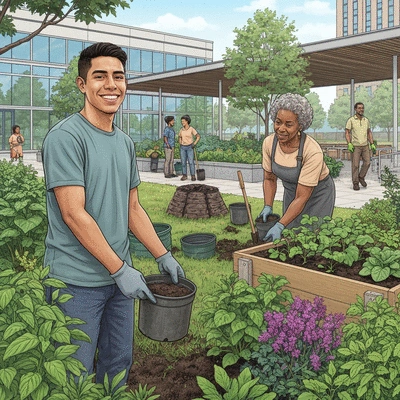
- Participate in community consultations on climate strategies.
- Join local networks focused on sustainability initiatives.
- Support local climate action campaigns to raise awareness.
Every bit of involvement counts! Whether it’s sharing insights during council meetings or simply spreading the word about sustainable practices, your voice can help shape our collective future. To further understand seasonal climate patterns, refer to the Melbourne Summer Weather Expectations 2023.
Recap of Key Points
Here is a quick recap of the important points discussed in the article:
- Flooding: Be aware of urban flooding, especially in low-lying areas during heavy rains.
- Heatwaves: Prepare for extended periods of extreme heat that can impact health and productivity.
- Wildfires: Acknowledge the increased risk of bushfires as temperatures rise.
- Storm Damage: Understand the potential for severe storms to cause damage to property.
- Adaptation Strategies: Invest in home retrofitting and energy-efficient upgrades to enhance resilience.
- Community Engagement: Participate in local climate action and sustainability initiatives to foster collective resilience.
Frequently Asked Questions About Melbourne's Climate Challenges and Adaptation
What are the primary climate risks Melbourne faces?
Melbourne faces several key climate risks, including urban flooding from heavy rains, extended heatwaves impacting health and productivity, increased wildfire risk due to rising temperatures, and severe storm damage from high winds and hail.
What is the urban heat island effect and how does it affect Melbourne?
The urban heat island effect occurs when city areas become significantly warmer than surrounding rural areas due to human activities and infrastructure. In Melbourne, this leads to increased energy consumption for cooling, poses health risks, especially during heatwaves, and negatively impacts local flora and fauna.
What proactive measures can homeowners take to mitigate climate impacts?
Homeowners can implement several proactive measures, such as investing in home retrofitting and energy-efficient upgrades, using landscaping solutions to reduce heat and flood risks, creating an emergency preparedness plan, and exploring renewable energy options.
Why is community engagement important for climate resilience?
Community engagement is crucial because it allows residents and businesses to collaborate, amplifying their voices in local climate policy discussions and fostering collective action. Participating in consultations, joining sustainability networks, and supporting climate action campaigns all contribute to building a more resilient community.
How can businesses adapt to climate-related disruptions in Melbourne?
Businesses can adapt by developing comprehensive business continuity plans that specifically address climate-related disruptions, investing in resilient infrastructure, exploring renewable energy sources, and engaging in local sustainability initiatives to protect their operations and contribute to broader community resilience.
